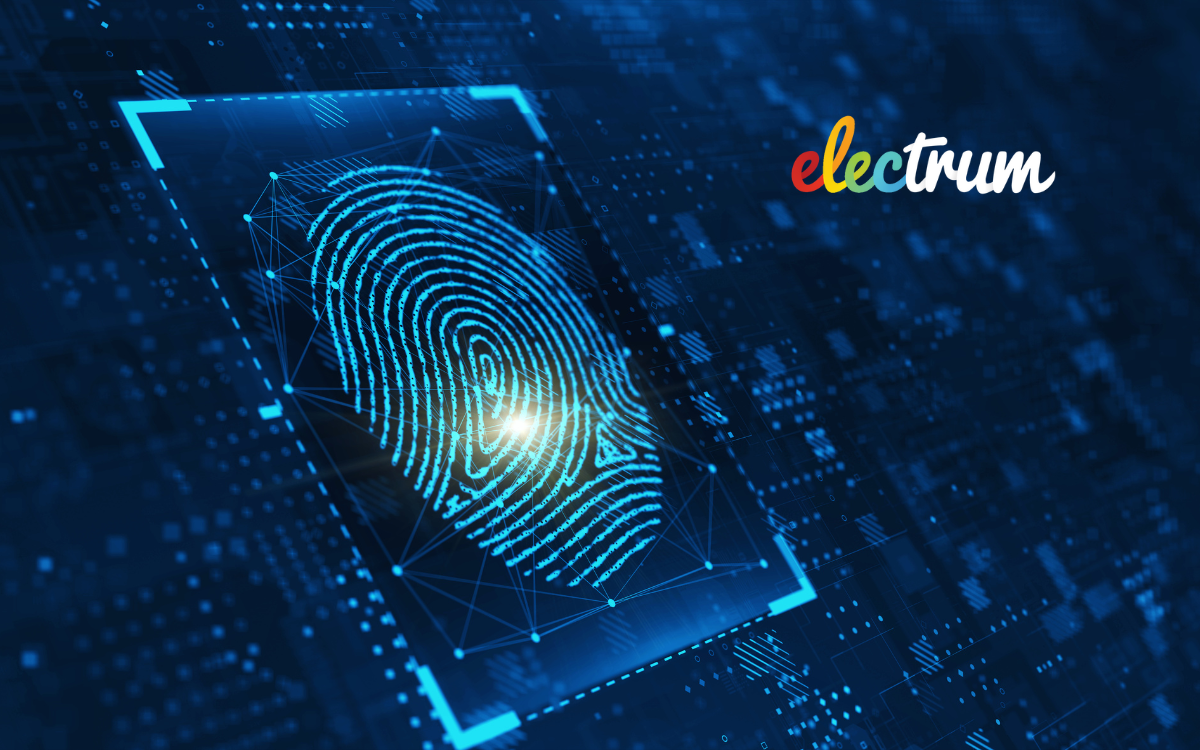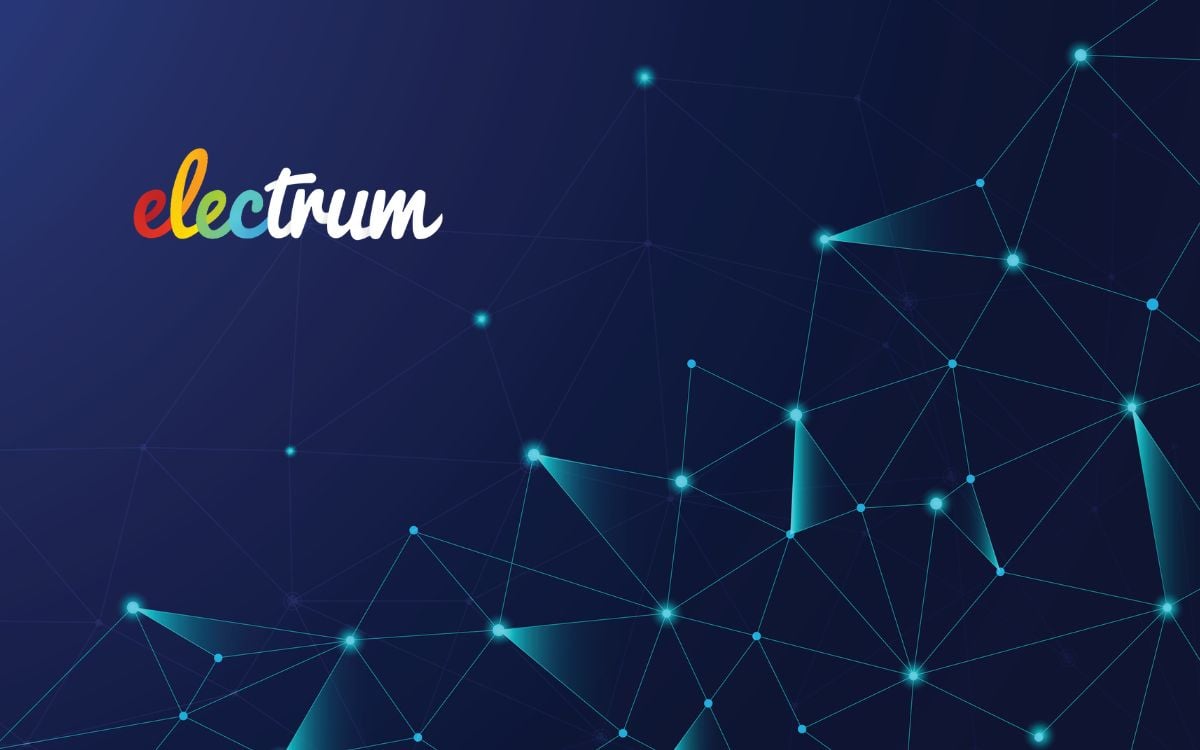
It is estimated that globally, almost one billion people lack any form of recognised identification. In addition to this, 3.4 billion people have some form of legally-recognised identification but have limited ability to use it in the digital world. Although the remaining 3.2 billion possess a legally-recognised identity and participate in the digital economy, they may not be able to use that ID effectively online. This is where the benefits of a digital identification programme come in.
Digital identification, or a digital ID, is defined by the World Bank as a set of electronically captured and stored attributes and credentials that can uniquely identify a person. This means that a digital ID can be authenticated through a number of digital channels – opening up access to government services, banking, and other financial systems. This identity can be issued by the government or private entities and can be authenticated remotely and by using biometric data. Imagine in the South African context, having your medical history linked to your profile at the Department of Home Affairs and your bank account, so that claims for maternity benefits or social grants get paid out without the need for paperwork or visiting Home Affairs to register and collect.
For the billions of people who lack access to the digital economy due to their limited or non-existent forms of identification, a digital ID provides an opportunity to increase inclusion, provide greater access to goods and services, improve formalisation, and promote digitisation.
The global hits and misses
India provides one of the best success stories for the implementation of a digital identity initiative. The Aadhaar programme began in 2009, and by mid-2016 over 1 billion residents had registered on the system. According to the BankservAfrica Digital Identity Report, Aadhaar is the world’s largest biometric database and the first online biometric-based identity system. The programme was designed to reach even the most excluded residents, including ‘those least likely to possess an official identity: Women, migrants, children and those living in hard-to-reach areas. Underpinning this ambition was the Indian government’s recognition that proof of identity is a key driver of socio-economic development.’
In contrast to India’s success, often digital ID programmes do not manage to achieve high adoption rates. In most cases, programmes with low adoption are a result of a poor user experience, limited functionality, or interoperability challenges between the various stakeholders.
The UK is a prime example of where an initiative experienced slower-than-expected adoption. Their unsuccessful Gov.UK Verify programme was adopted by less than 10% of the population, as it was not able to provide citizens with the anticipated value or smooth user experiences.
The McKinsey Global Institute’s Report on Digital identification explains that adoption of the eID in Nigeria stalled in 2017 due to issues with the public-private partnerships used to launch the program, and difficulty integrating more than 13 separate identification systems run by separate government agencies.
When it comes to data, there are risks…
Digital ID is undeniably exposed to the risks already present in other digital technologies with large-scale, population-level usage – the connectivity and information sharing that creates the value of a digital ID also contributes to potential dangers. Data breaches, failure of technical systems, or the control and misuse of personal data are obvious possible threats. Technological failure could include problems with the functionality of the hardware or software associated with a digital ID, as well as infrastructure problems preventing uninterrupted service and effective system use.
Cybersecurity threats pose increasing risks when it comes to the digital landscape. The number of accounts online and the associated data created are rising exponentially. The International Data Corporation forecasts that by 2025 the global datasphere will grow to 163 zettabytes (one zettabyte is a trillion gigabytes), ten times the level in 2016.
Some risks associated with more traditional identification programmes also relate to digital ID. These include human execution error, unauthorised credential use, and the exclusion of individuals due to social, economic, religious, or political reasons. However, digital ID could meaningfully reduce these risks by minimising the scope for manual error or discrimination.
The McKinsey Institute summarises that the thoughtful design of systems with built-in privacy provisions such as data minimisation, well-controlled processes, and robust governance, together with an established rule of law, is essential to guard against digital ID risks.
When these risks are taken into account and the system is well designed, a digital identification enables financial inclusion and social empowerment and makes real economic gains.
What’s the link to Open Banking?
The world is heading towards open banking, and South Africa is not too far behind with the upcoming Rapid Payments Programme. Some digital identity solutions, such as OneID, make use of open banking infrastructure to achieve safe, secure, easy and quick payments.
The widely-accepted biometric login methods that consumers already use to access their digital bank accounts are utilised for identification so businesses receive bank-verified data that they know is coming from the right person. This method of verifying users ensures a high level of security in payments and is already trusted by consumers. The risk of many types of fraud is significantly minimised, while it provides businesses with the confidence to accept traditional and alternative methods of payment.
For consumers, a better customer experience is created by removing the need to authenticate payments using complex methods of logins via multiple platforms or third parties. This also protects them from data leaks and fraud, since only the individuals themselves have access to their biometric identifiers.
For businesses, providing a frictionless customer experience is an obvious benefit, offering easy onboarding and authentication. In addition, this superior customer experience is achieved without compromising on security.
Digital ID in South Africa
BankservAfrica states that digital identity rides on the foundation laid by the Rapid Payments Programme (RPP), with faster payments meaning more reliance on digital identity. Users of financial services can save time and money that would otherwise be spent on administration and paperwork. Online services can potentially increase the banking sector’s customer base, efficiency, revenue and profitability.
Absa believes that introducing a self-sovereign digital identity (SSDI) could address some of the main concerns around privacy and online fraud in South Africa. An SSDI provides a quick and highly secure way for consumers to store and update their data on a personal mobile device, and share proof of it through a secure digital verification system without the need for actual copies of their documents.
This allows consumers to control their personal information with less risk of identity theft. Furthermore, individuals who don’t have physical documents have a means through which to build up a legal proof of identity, allowing them to access benefits and financial services that otherwise might have been unavailable to them.
With South Africa’s socio-economic challenges, reducing the reliance on cash, providing improved access to financial services, and enabling more efficient government processes will make great strides in promoting financial inclusion. It, nevertheless, can be argued that the poorest in our society have little to gain from a digital profile when their basic needs are not yet being met.
With more efficient processes saving time and money for both South Africa’s government departments and major financial institutions, the focus can be shifted to helping to improve financial inclusion for the lowest-income communities, rather than to keep excluding them from this rapidly digitising landscape.
Do you see a digital ID initiative being successful in South Africa? We would love to hear your thoughts, pop us an email. Electrum is proud to be a roleplayer in the upcoming Rapid Payments Programme and provides an innovative and agile payments platform, designed to keep up with the newest innovations in open banking. Learn more about our Payments offering today.

Helen Whelan
Helen Whelan is a Senior Content Writer at Electrum. With a BSc (Hons) from Rhodes University, she enjoys the combination of creativity and technical topics that content creation at Electrum involves. Cats and coffee fuel her day.
Electrum Newsletter
Quarterly insights and news to help you keep up with the latest changes in the payments landscape







